Short Stirling Royal Air Force RAF
Production Time 9 to 10 weeks
Shipment is by FedEx, UPS or DHL International Express Courier with a normal door-to-door delivery time worldwide of within 2-3 business days after dispatch. Due to the current volatility of world fuel prices, the amount mentioned here is our best estimate for DHL and UPS and may be subject to change at the time of shipping.

Model Description: Short Stirling Royal Air Force RAF Wood Replica Scale Custom Model Aircraft
Manufacturer: Short
Wingspan: 17 Inches (43.2 Centimeters)
Height: 5 Inches (12.7 Centimeters)
Scale: 1:70
$239.50
Production Time 9 to 10 weeks
-
United States dollar ($)
-
Pound sterling (£)
-
Euro (€)
-
Australian dollar ($)
-
Canadian dollar ($)
-
Singapore dollar ($)
-
Swiss franc (CHF)
-
Japanese yen (¥)
-
Danish krone (kr.)
-
Hong Kong dollar ($)
-
Norwegian krone (kr)
-
Swedish krona (kr)
-
United Arab Emirates dirham (د.إ)
General Product Description
Our PlaneArts Short Stirling Royal Air Force RAF model exhibits unique, unrivaled quality and detailed design to come as close as possible to the accuracy of the actual plane. It comes as standard with a robust, durable base or stand which is available in a variety of different finishes designed to match your own personal requirements including solid wood, wood with polished metal supports or adjustable wood wall mount and will be ready within about 9-10 weeks from placement of order.
The Short Stirling Royal Air Force RAF model is made of the finest kiln dried renewable mahogany wood (commonly known as Lauan or Meranti) which has undergone many stages of carving and meticulous and careful sanding giving the beautiful, finished museum quality masterpiece. Many collectors and model connoisseurs demonstrate their preference for genuine handmade and hand painted mahogany wood models rather than plastic or die cast (diecast) alternatives due to the overall look and totally different feel of the item - we trust you will find the same. We can however, if required produce the same model in Solid Cast Resin so just click and contact us for further information. Our craftsmen and gifted artisans ensure that our finely handcrafted model airplanes match the precise blueprint details of the original aircraft. The paint scheme, markings and parts are closely matched, reflecting the original aircraft. This stylish top-quality desktop replica model will surely enthrall anyone who receives this as a gift and for sure one of the most appropriate and desirably collectable gifts for any military aviation enthusiast and avid aircraft collector whilst also displaying a perfect resemblance to the actual real life version.
There are many types of military propeller aircraft, but the basic types are bombers, fighters, fighter bombers, spotter planes, transporters, patrol aircraft, trainers, and reconnaissance and observation aircraft. All these types of aircraft are used for different types of missions. If you're a fan of historic or present-day military aviation, our model aircraft will bring the excitement and character of these aircraft right into your own home. You can order a wood airplane model of a North American B-25 Mitchell Bomber, a B17 - Flying Fortress, or a P-51 Mustang Nervous Energy V not forgetting the Bf 109, Spitfire, FW 190, A6M Zero, P-38 and F4U. These classic, propeller airplane models are of the highest quality. Each is individually crafted by our expert craftsmen. They produce handmade scale mahogany airplane models of the finest aircraft from World War I and II to present day biplanes and triplanes.
If you require, we can also make the Short Stirling Royal Air Force RAF model in any other military, government or even private livery or colour scheme you require and if necessary, in a different size or scale. Just click here to contact us with a description or photographs of what you require, and we will let you have a quotation for the necessary customization by return email. We can also make bespoke scale replicas of any other private / civil commercial airliner or airliners, helicopter, glider, gliders with engines, military jet, warplane jets, biplane, triplane, tail fin, spacecraft, rocket or NASA model you require in any airline, military or civilian livery or colors. We also produce model airships, blimps, dirigibles, blimps, boats, and ship collectibles. Wall plaque or seal for military, government or private customers. Again, by clicking here to contact us just let us know exactly what you need.
The Short Stirling: A Pioneering Heavy Bomber of the RAF
The Short Stirling holds a significant place in military aviation history as the first four-engine heavy bomber introduced into service with the Royal Air Force (RAF) during World War II. Developed by Short Brothers, the Stirling was a vital component of the British bombing campaign against Nazi Germany, despite its operational challenges and relatively short service span compared to its successors, the Avro Lancaster and the Handley Page Halifax.
Development and Design:
The development of the Short Stirling began in the late 1930s in response to Specification B.12/36 issued by the Air Ministry. This specification called for a high-speed, long-range bomber capable of delivering a higher bomb load. The design presented by Short Brothers was ambitious, featuring a high wing, four engines, and a retractable undercarriage. The aircraft’s distinctive design incorporated a deep fuselage and extensive use of duralumin, an aluminum alloy, which was cutting-edge at the time.
One of the notable design limitations was the wingspan, which was restricted to 100 feet due to the size of contemporary RAF hangars. This limitation impacted the Stirling’s altitude capabilities, restricting it to lower operational ceilings compared to its contemporaries, which later became a tactical disadvantage as it was more vulnerable to anti-aircraft fire.
Operational History:
The Stirling entered service in 1941, and quickly it became known for its ability to absorb heavy damage and still return safely, earning it a robust reputation among crews. Its initial role was in night bombing raids over Germany. The Stirling carried out some of the RAF’s earliest bombing operations of the war, including the first 1,000 bomber raid on Cologne.
Despite its early successes, the Stirling faced increasing challenges as the war progressed. Its relatively low operational ceiling made it more susceptible to anti-aircraft fire, and its large size made it a bigger target for enemy fighters. The bomber was also limited in range and lifting capacity compared to the Lancaster and Halifax, which could carry larger bomb loads to more distant targets.
By 1943, the limitations of the Stirling became apparent, and it was gradually phased out as a frontline bomber. However, it found a new lease on life in other roles, such as electronic countermeasures and glider towing during the D-Day landings and other airborne operations. Its ability to carry large payloads made it suitable for these roles, despite its limitations in speed and altitude.
Legacy:
The Stirling was retired from active service shortly after the end of World War II, with most aircraft being scrapped in the immediate post-war years. Despite its relatively short operational career, the Stirling played a crucial role in the development of heavy bomber tactics and technology. Its lessons influenced the design and deployment of subsequent bombers, particularly in terms of operational efficiency and payload capacity.
Today, the Short Stirling is remembered not just for its size and distinctive appearance, but for its role as a pioneer of the RAF’s bomber force. It symbolizes both the rapid technological advancements of the era and the brave efforts of its crews who faced formidable odds in the dark skies over Europe. The Stirling’s contribution to the Allied war effort, particularly in the early years of the conflict, remains a proud chapter in the history of the Royal Air Force.
| Weight | 6 kg |
|---|---|
| Dimensions | 15 × 17 × 5 in |
Be the first to review “Short Stirling Royal Air Force RAF” Cancel reply
Similar Models
Helicopters
Military Airplanes - Propeller
Military Airplanes - Propeller
Military Airplanes - Propeller
Private & Civilian
Private & Civilian
Military Airplanes - Propeller
Military Airplanes - Propeller
Military Airplanes - Propeller
Military Airplanes - Propeller
Military Airplanes - Propeller
Military Airplanes - Propeller
Military Airplanes - Propeller
Boats, Ships & Submarines
Boats, Ships & Submarines
Military Airplanes - Propeller
Military Airplanes - Propeller
Military Airplanes - Propeller
Military Airplanes - Jet
Military Airplanes - Jet
Military Airplanes - Jet
Military Airplanes - Jet
Military Airplanes - Propeller
Military Airplanes - Propeller
Military Airplanes - Jet
Military Airplanes - Jet
Military Airplanes - Jet
Military Airplanes - Jet
Military Airplanes - Propeller
Military Airplanes - Jet
Military Airplanes - Propeller
Military Airplanes - Propeller
Private & Civilian
Military Airplanes - Propeller
Military Airplanes - Propeller
Private & Civilian
Israel Aircraft Industries IAI-1124 Westwind TNT Air Couriers
Military Airplanes - Propeller
Military Airplanes - Jet
Military Airplanes - Jet
Military Airplanes - Jet
Military Airplanes - Jet
Military Airplanes - Propeller
Military Airplanes - Jet
Military Airplanes - Jet
Military Airplanes - Jet
Military Airplanes - Jet
Military Airplanes - Propeller
Military Airplanes - Jet
Military Airplanes - Jet
Military Airplanes - Jet
Military Airplanes - Propeller
Military Airplanes - Propeller
Military Airplanes - Propeller
Military Airplanes - Jet
Military Airplanes - Jet
Military Airplanes - Propeller
Military Airplanes - Jet
Private & Civilian
Military Airplanes - Jet
Military Airplanes - Propeller
Private & Civilian
Military Airplanes - Propeller
Military Airplanes - Jet
Military Airplanes - Propeller
Military Airplanes - Propeller
Military Airplanes - Propeller
Military Airplanes - Propeller
Military Airplanes - Propeller
Military Airplanes - Propeller
Military Airplanes - Jet
Military Airplanes - Jet
Private & Civilian
Military Airplanes - Jet
Military Airplanes - Jet
Helicopters
Helicopters
Helicopters
Military Airplanes - Propeller
Helicopters
Military Airplanes - Jet
Blackburn Buccaneer RAF 237 Operational Conversion Unit OCU Squadron
Military Airplanes - Propeller
Private & Civilian
Military Airplanes - Jet
BAe British Aerospace Hawk T.1 Mk.1 Royal Air Force RAF Red Arrows
Private & Civilian
Private & Civilian
BAe 146-300 Atmospheric Research Aircraft ARA Met 1 Meteorological
Military Airplanes - Jet
Military Airplanes - Propeller
Military Airplanes - Propeller
Military Airplanes - Propeller
Military Airplanes - Propeller
Military Airplanes - Propeller
Military Airplanes - Propeller
Military Airplanes - Propeller
Military Airplanes - Propeller
Private & Civilian
Military Airplanes - Propeller
Private & Civilian
Private & Civilian
Helicopters
Private & Civilian

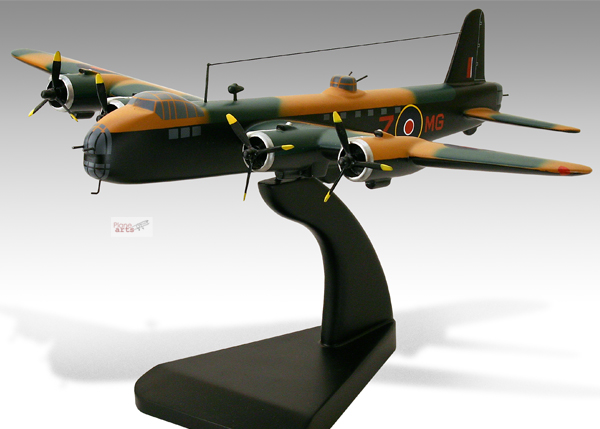
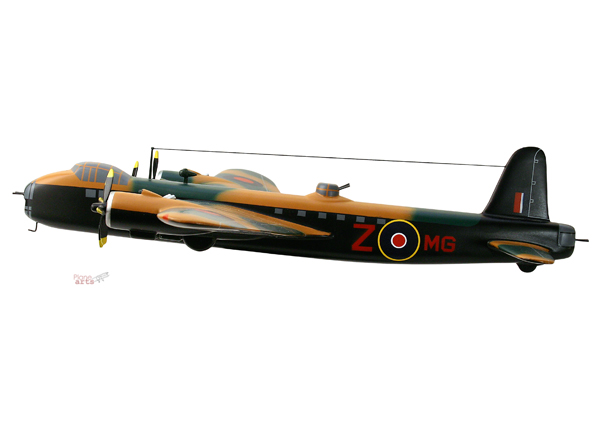
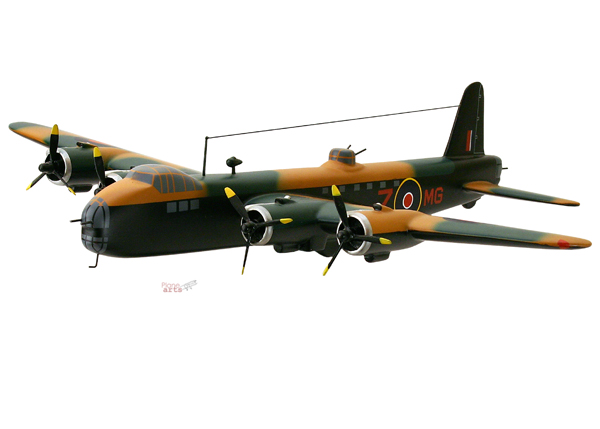
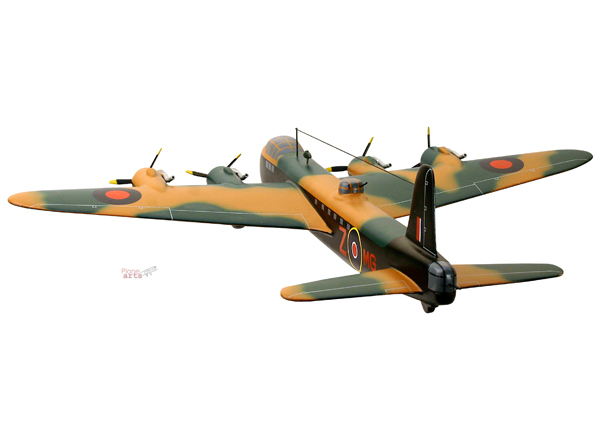

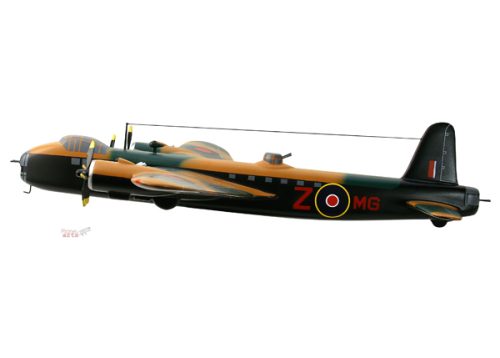
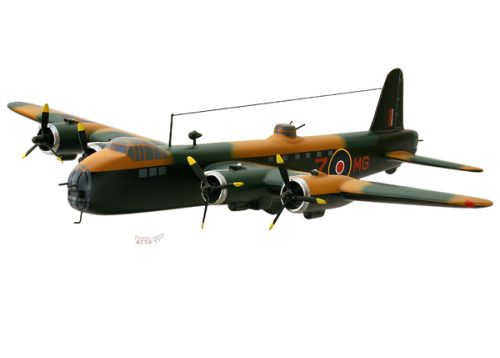
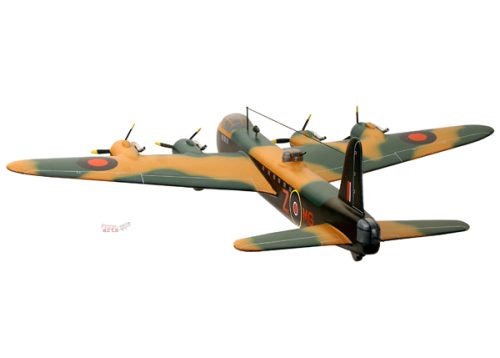

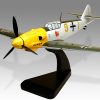
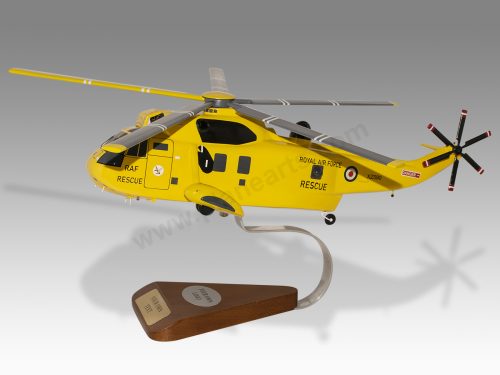
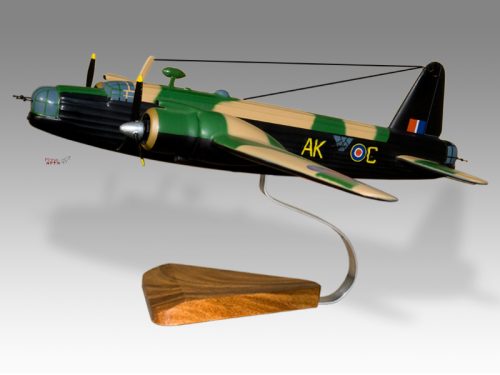

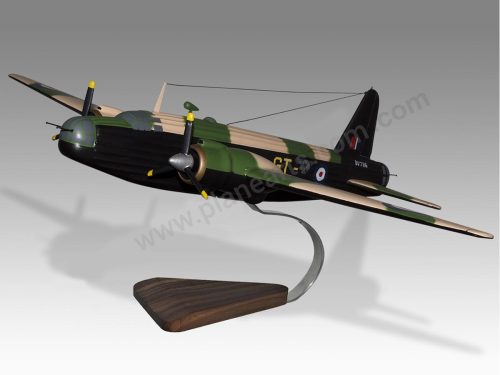

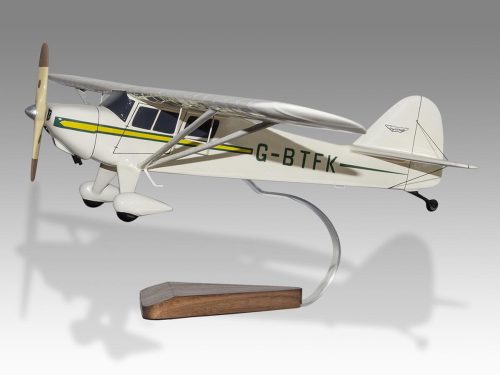
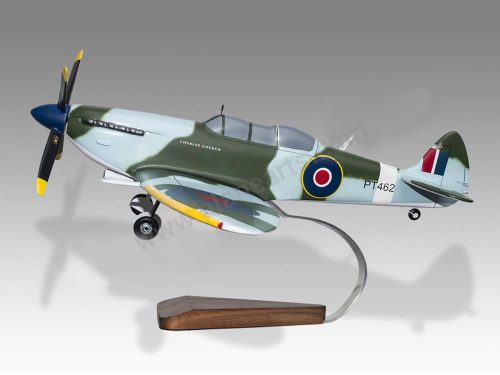
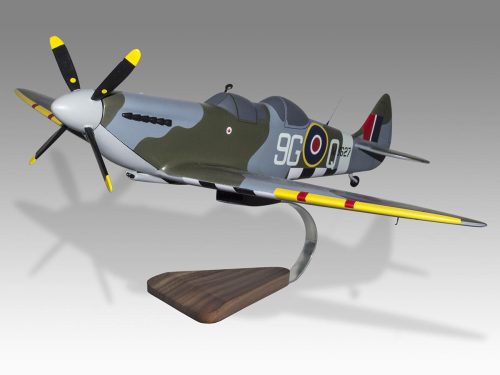
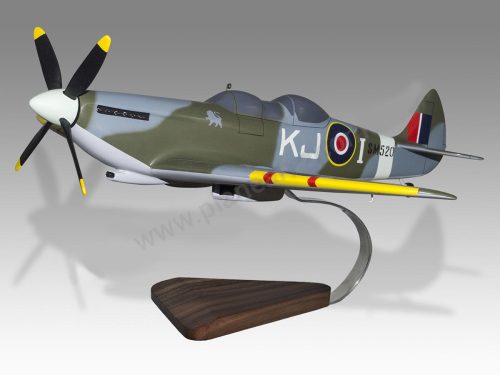
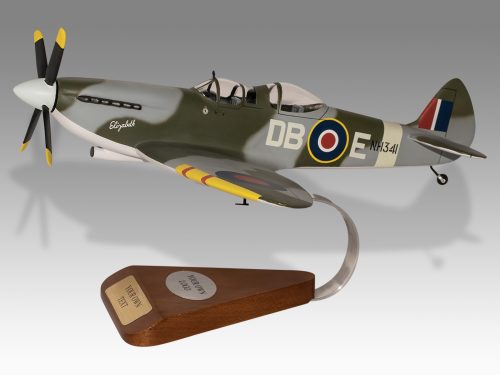
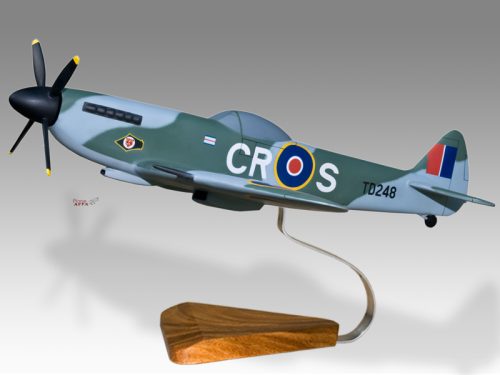
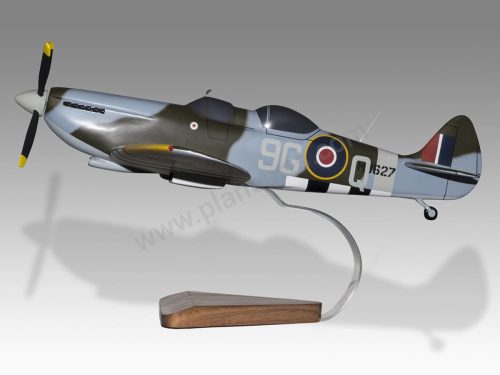
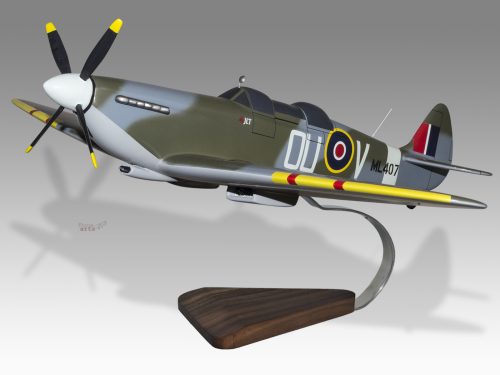




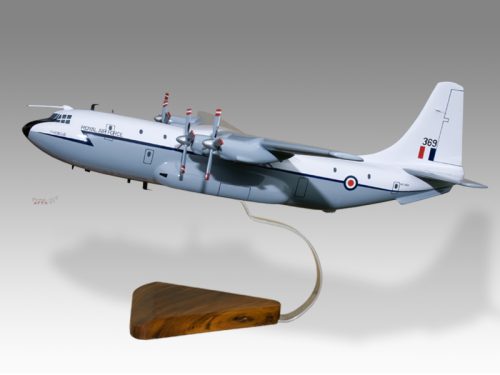

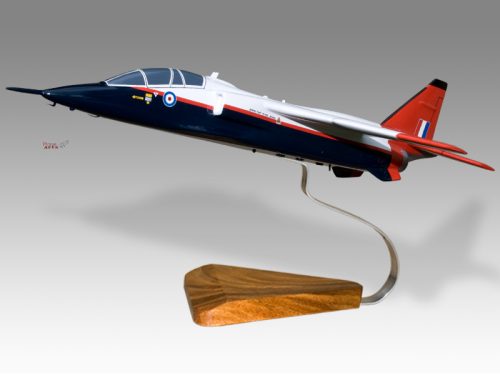
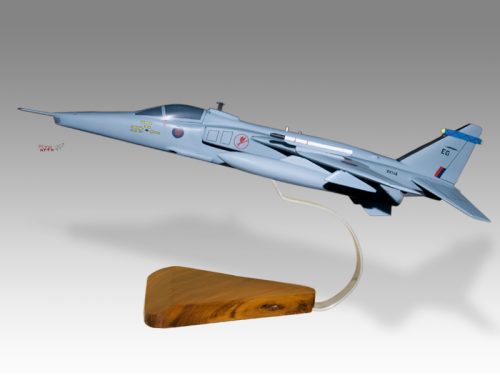
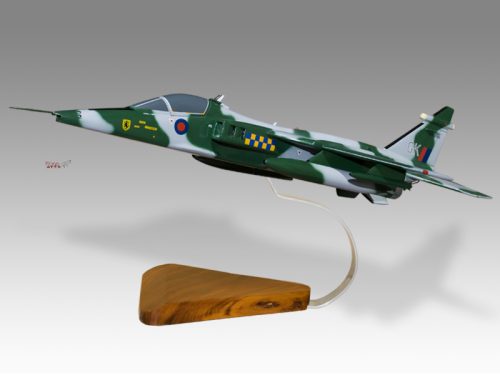
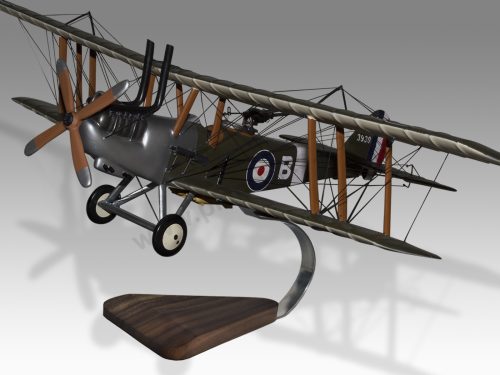
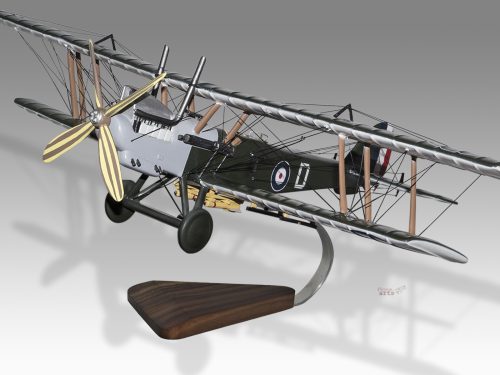
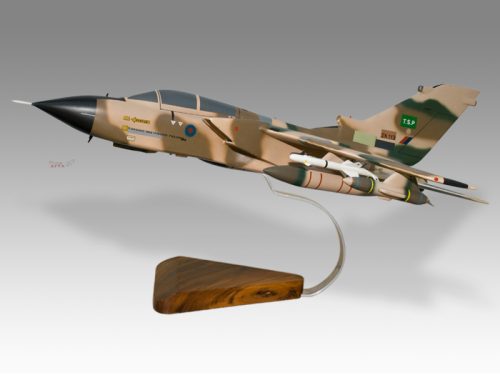
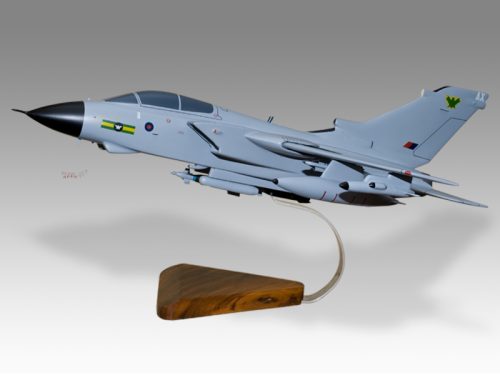
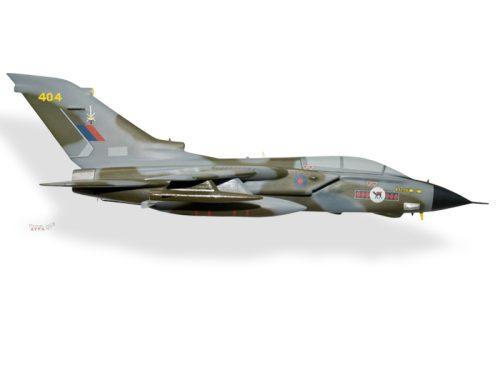
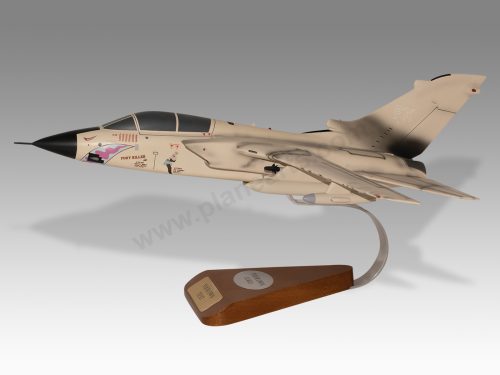
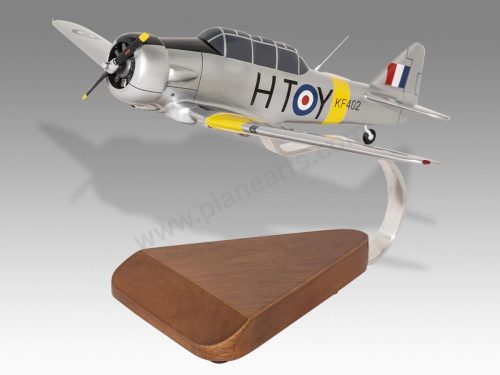

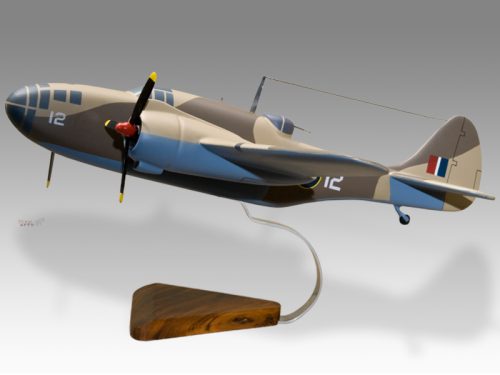
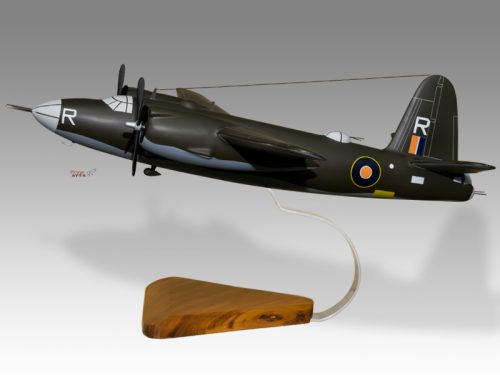

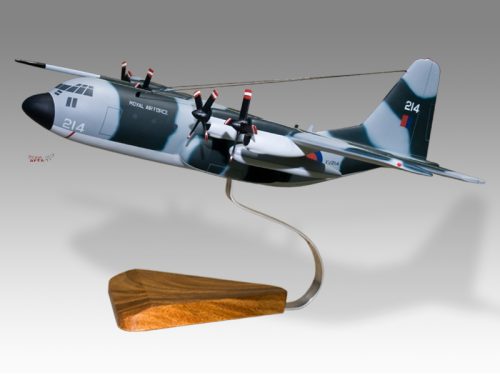



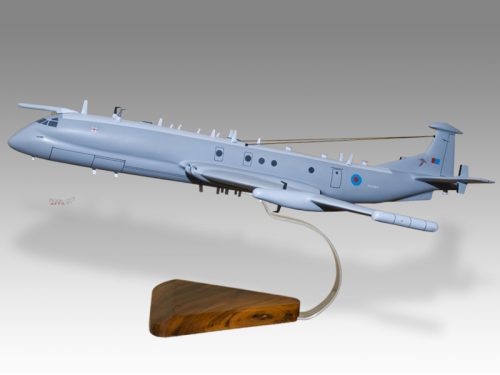
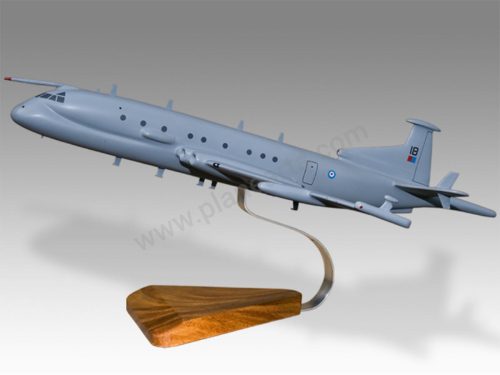




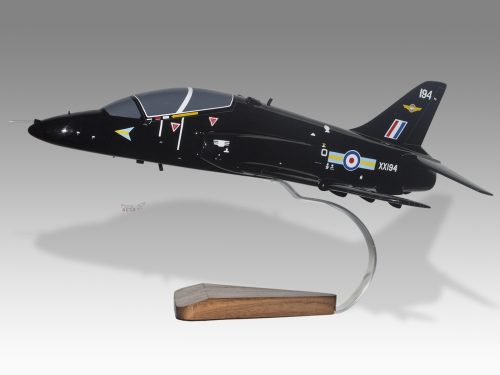
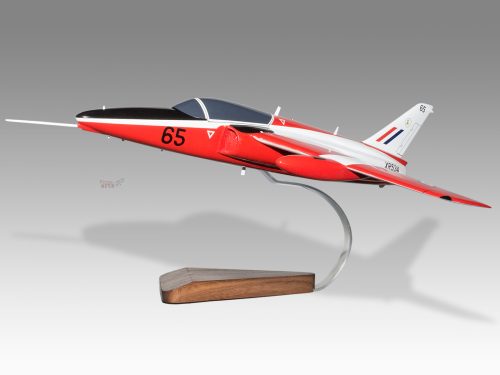
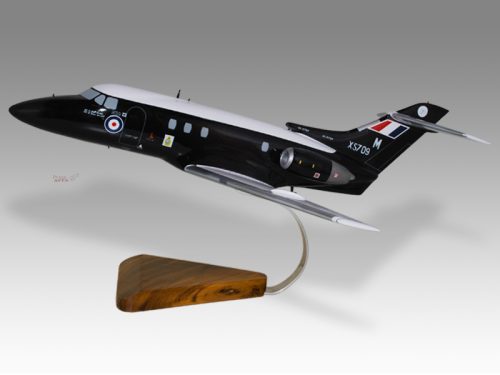
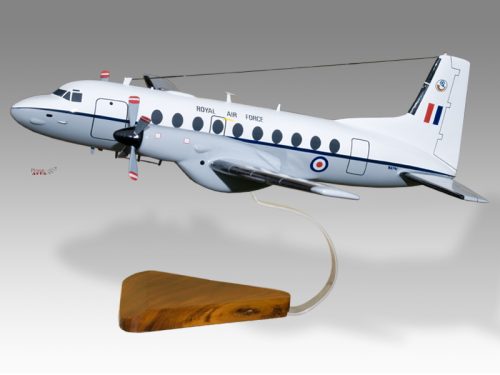
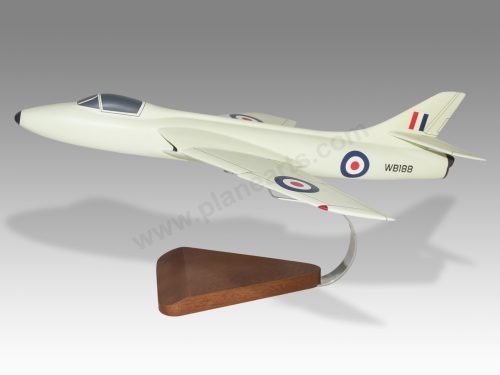
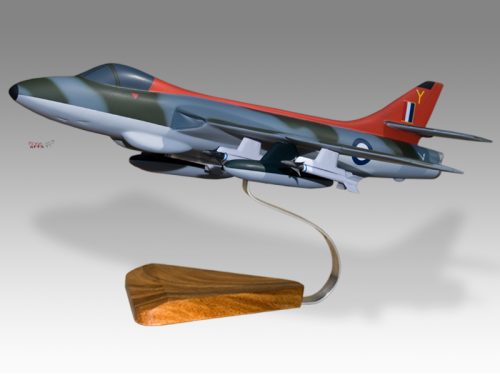

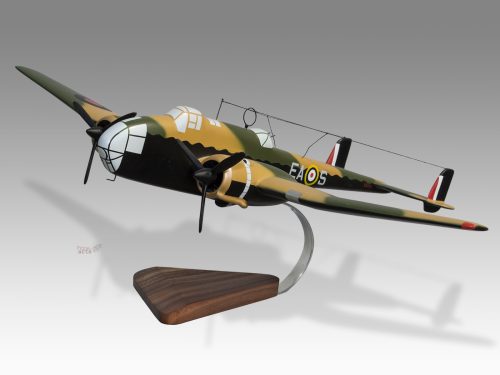

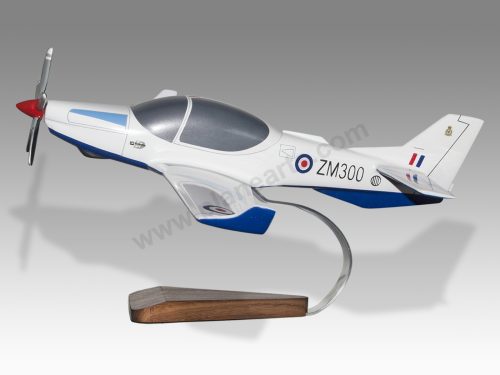

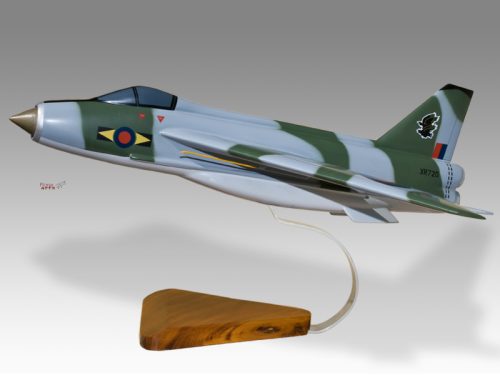


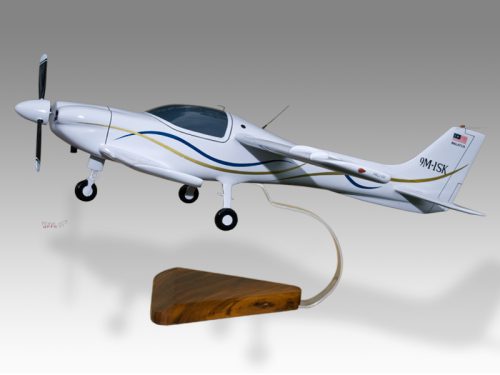
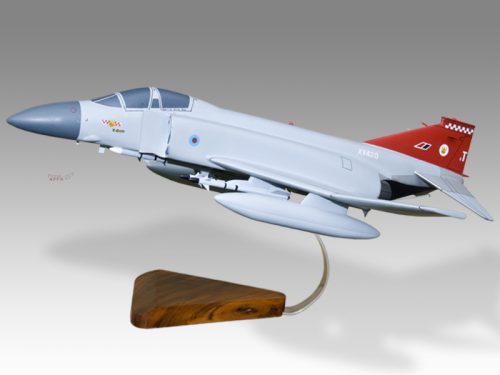
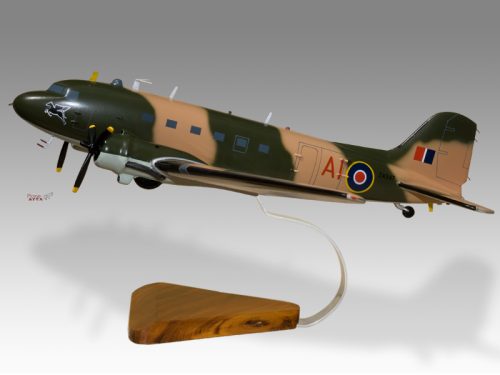

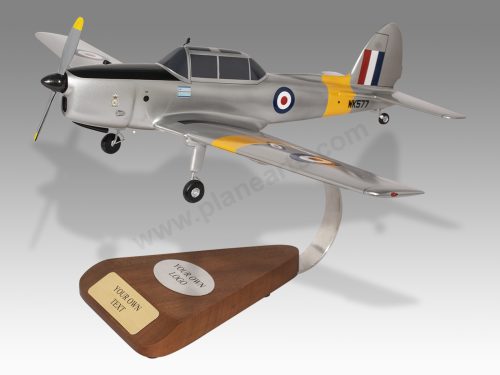
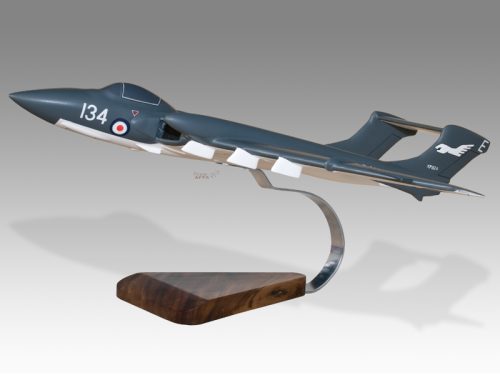
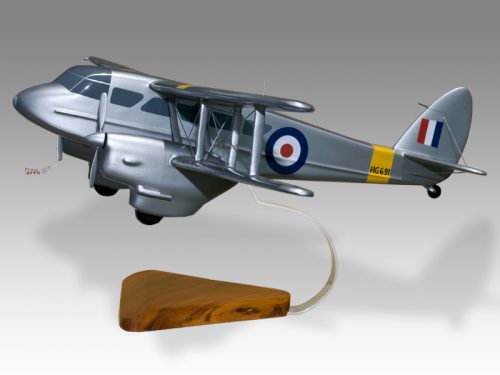
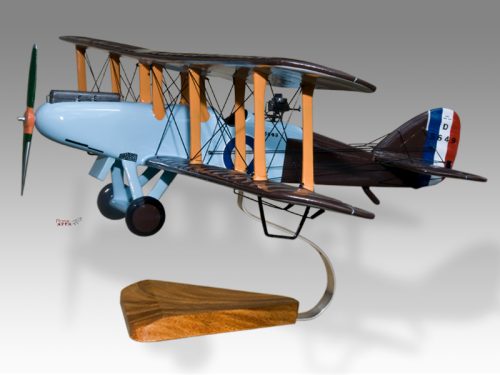
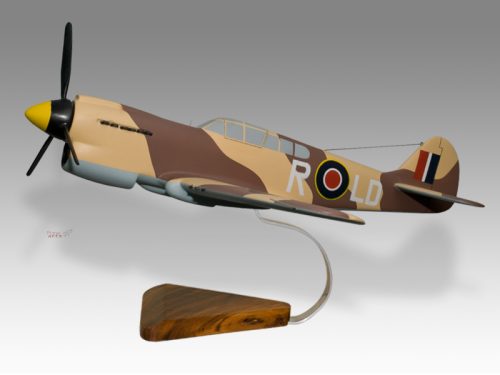

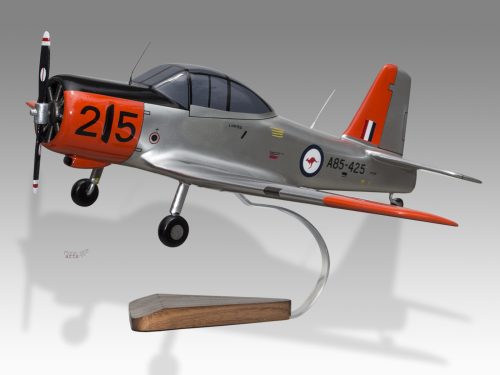

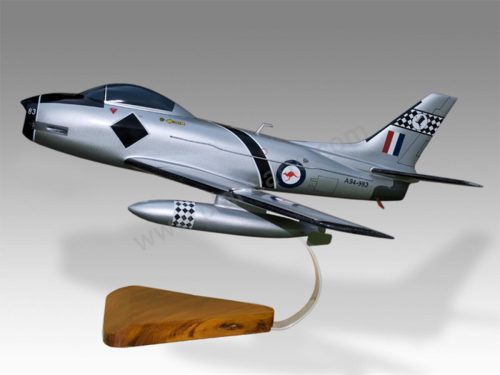
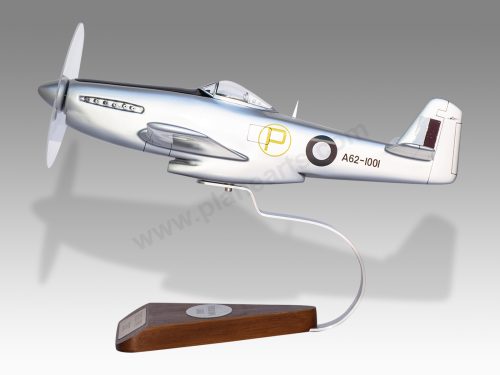
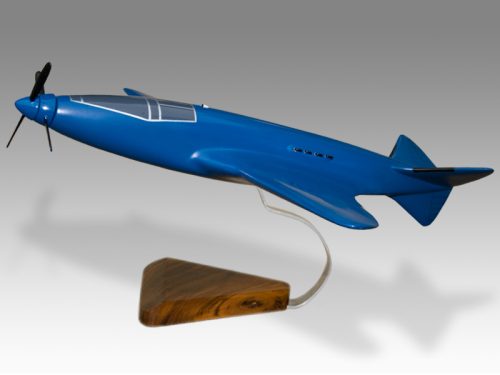
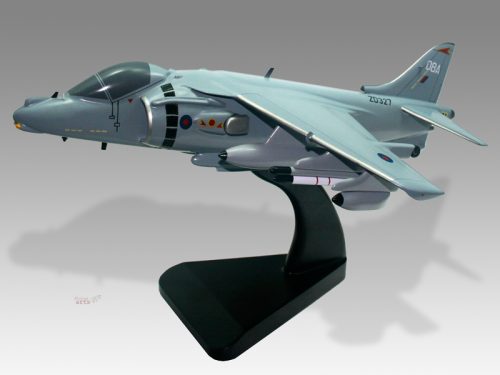
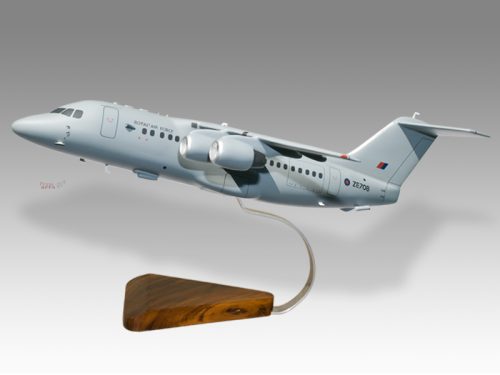

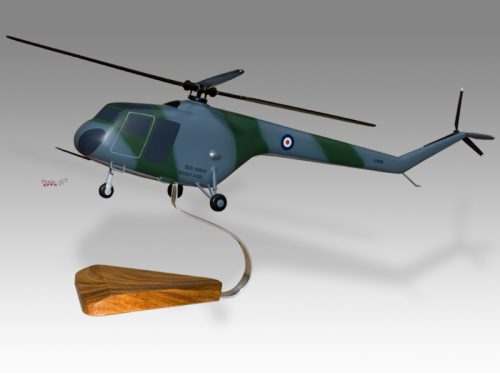
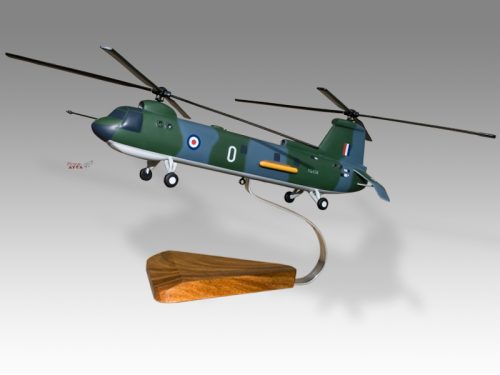

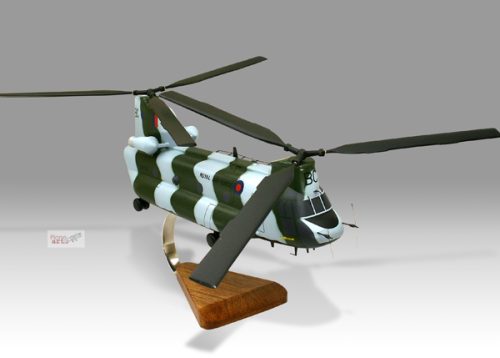
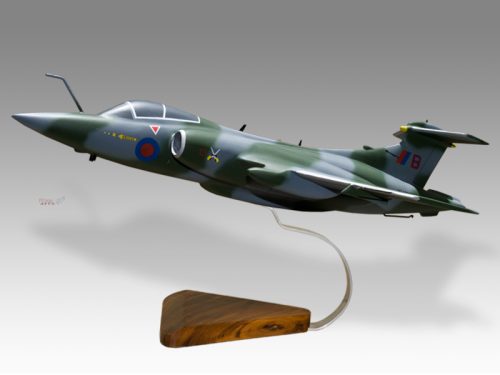
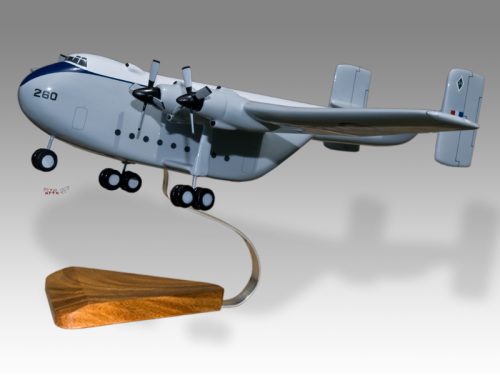
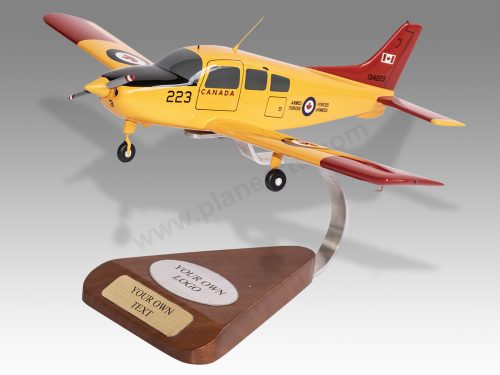

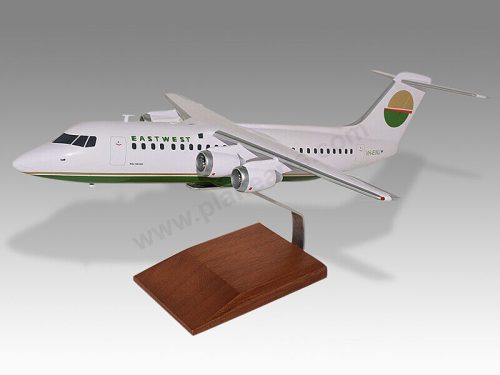
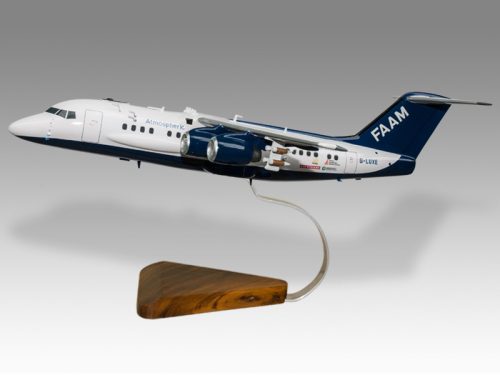
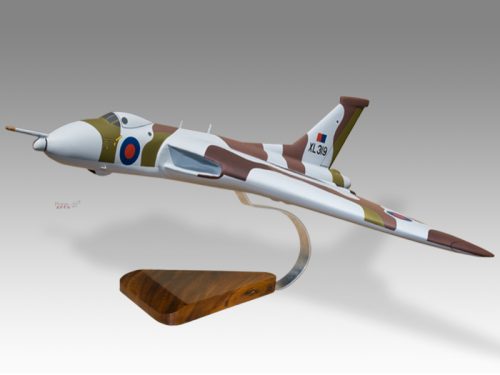
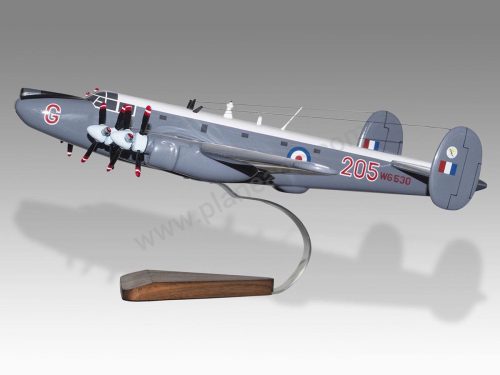

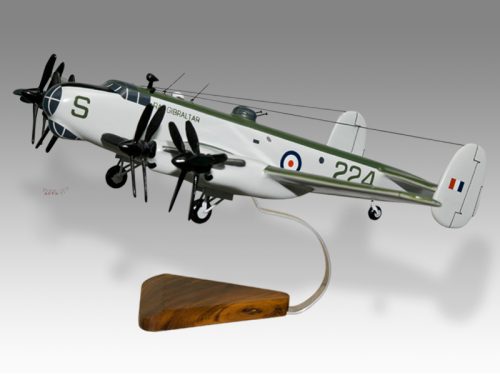
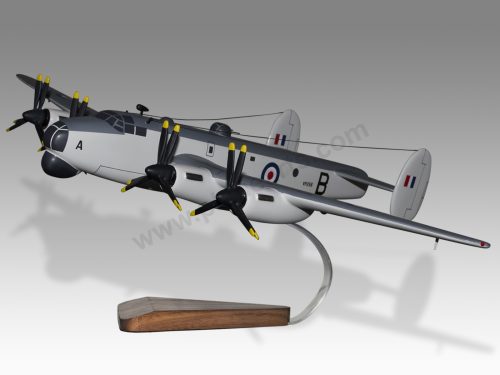
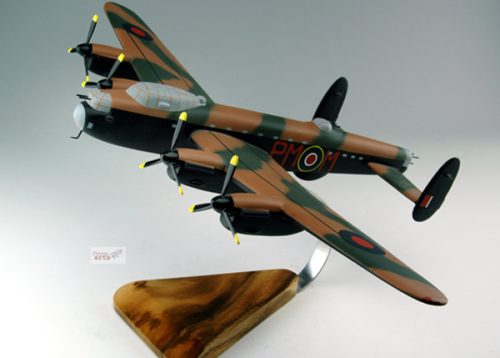
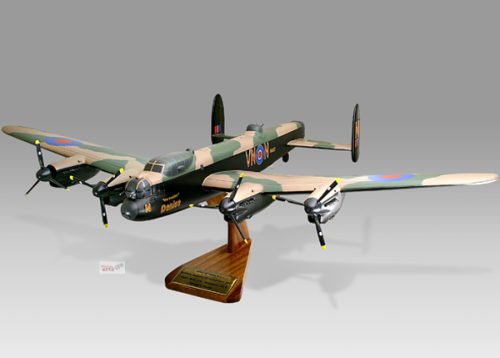
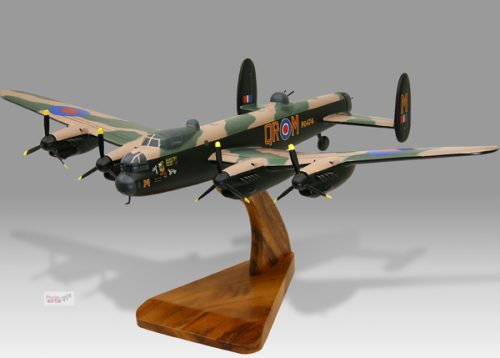



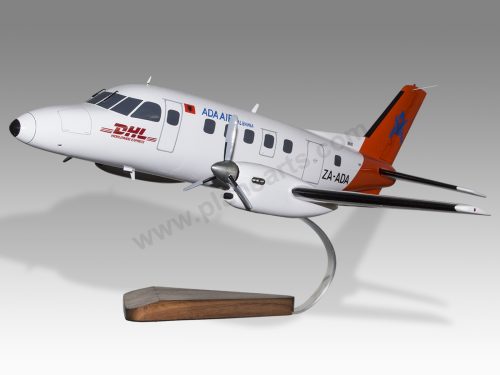

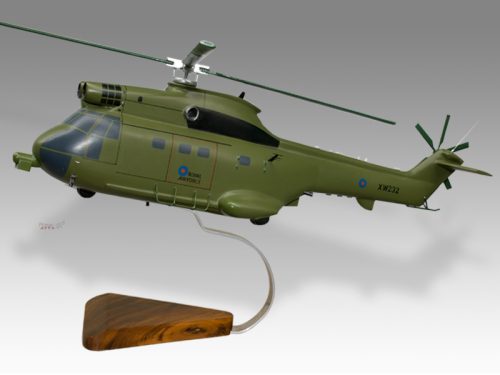

Reviews
There are no reviews yet.